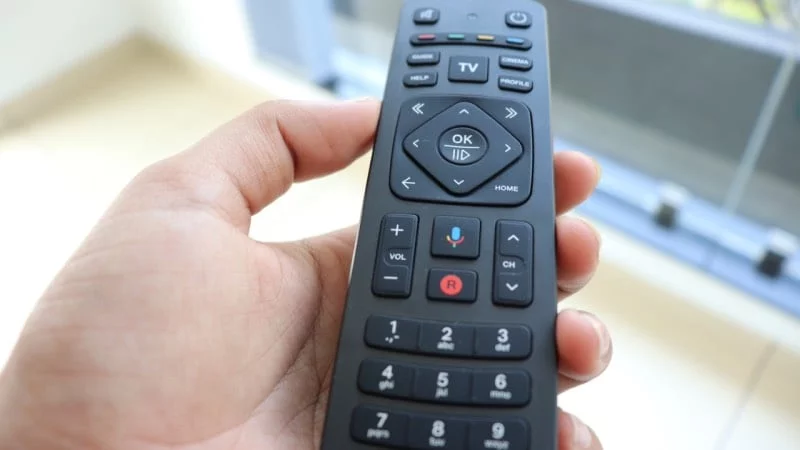The Telecom Regulatory Authority of India (Trai) has spent the last six months ideating and deliberating on the rules which govern the DTH and broadcasting sector. The Trai tariff regime which was introduced back in early 2019 faced a lot of criticism from the subscribers, and a little criticism from the stakeholders as well. Now, with the help of the stakeholders and lengthy deliberation, Trai has decided to rollout the new rules on March 1. However, if we recall the rollout of the first Trai tariff regime or the National Tariff Order, then one of the most debated things was consumer preparedness. During the rollout of the National Tariff Order, because of poor awareness of the consumers and lack of knowledge between the subscribers, the consumers had to face a lot of troubles. One of the major complaints which the subscribers had from the NTO was the raising of tariffs. Some of the subscriber had noted that their monthly bills soared by 10% to 25%. This time as well, if the subscribers keep proper awareness, then they would be able to make the most of the new National Tariff Order.

Major Change in Channel Packs for Subscribers
The first thing which the subscribers will have to do is the choice of the new channel packs. One of the significant changes which is the part of the NTO 2.0 is the channel pricing and the channel bouquet rules. Previously, while channels priced up to Rs 19 were allowed in the channel packs, now this price has been brought down to Rs 12. The broadcasters under the banner of Indian Broadcasting Forum (IBF) are opposed to these rules for fear of business constriction. However, as a result of these new rules, the DTH operators and the broadcasters will have to float new channel packs, from which the subscribers will have to make new choices. A lot of the channel bouquets will also be obsolete with the implementation of the new Trai rules.
Changes on Network Capacity Fee
Another change which Trai has made in the DTH industry is increasing the channel count in the base NCF of Rs 130. Previously, the subscribers were enjoying only 100 channels along with dedicated 25 channels for the DD channels. But, now the subscribers would be able to enjoy 200 SD channels in the same Rs 130 NCF. It is quite possible that the subscribers might continue using the same number of channels without knowing the new rules and might miss out on the benefits of the new rules. With the extra NCF slots available to the subscribers, the consumers will be able to add more non-pay channels to their subscription without upping the cost of their subscription.
Consumers Need to be Properly Educated About New Rules
If we make a revisit to the last implementation of the National Tariff Order in early 2019, then one thing that surfaces is the disruption of services. The cable TV services, and DTH operators, had complained that because of poor consumer awareness, the subscribers had faced disruption in services. Because the consumers were not aware of the rules, they had troubles migrating to the new tariff regime, the new channel packs and the pricing pattern were not known to the consumers properly while the shift happened. Although the effect of the new tariff rules will not be as widespread as the first Tariff Regime, it is quite possible that the subscribers might miss out on the positive benefits of the new DTH rules.















